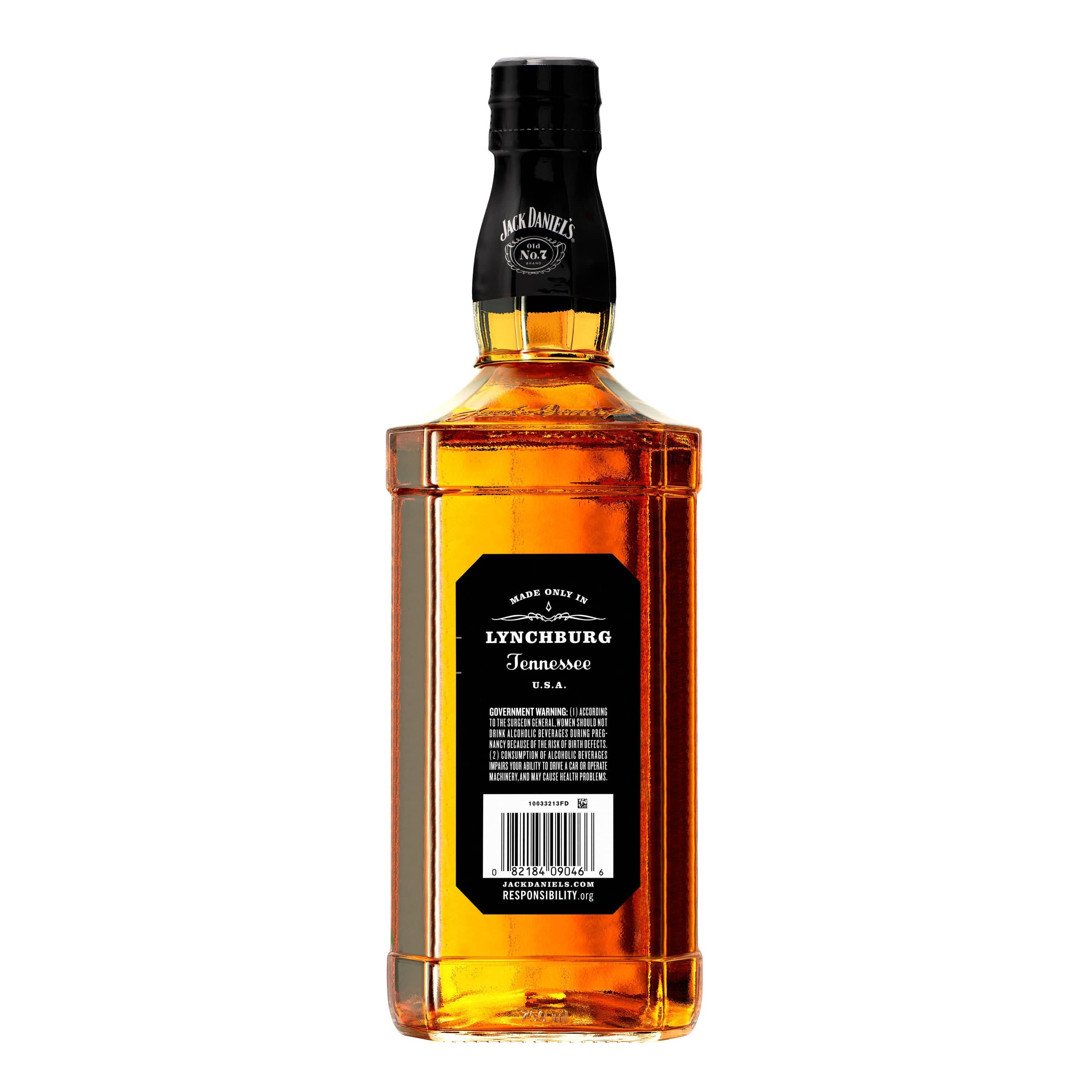Smooth Sips Await: Discover Where to Buy Jack Daniel's Tennessee Whiskey Online
Smooth Sips Await: Discover Where to Buy Jack Daniel's Tennessee Whiskey Online
Blog Article
Discover the Art of Purification: Exploring the World of Alcohol and Bourbon
The detailed procedure of distillation has formed the globe of liquor and scotch into a world of unmatched craftsmanship and diverse flavors. From the ancient origins of distillation to the modern innovations in methods and equipment, the trip of exactly how spirits are crafted is a fascinating one.
The Origins of Purification
Just how did the old civilizations first discover the art of distillation that would certainly later on transform the production of spirits and scotch? The origins of purification can be mapped back to old Mesopotamia and Egypt, where very early experiments were performed to separate alcohol from fermented beverages (Buy Jack Daniel's Tennessee Whiskey Online). The procedure of distillation entails heating up a liquid to create vapor and afterwards cooling it to condense the vapor back right into a fluid form, permitting the removal of purer alcohol
The old Greeks better established these techniques, with remarkable numbers like Aristotle checking out the principles of distillation. Nonetheless, it was the Arab alchemists during the Islamic Golden era who made considerable innovations in distillation innovation, laying the foundation for contemporary distillation methods.
Distillation Methods and Tools
Distillation methods and equipment play a crucial function in the production of spirits and bourbon, making sure the removal of pure alcohol from fermented fluids. The process includes warming the liquid to create vapor and after that cooling it to condense the vapor back into a liquid form, dividing the alcohol from other parts. There are various distillation approaches employed in the industry, consisting of pot still purification, column distillation, and continual purification.
Pot still distillation, the oldest approach, includes a basic set process where the fluid is heated in a pot still, and the alcohol vapors are gathered and condensed. Column distillation, on the various other hand, makes use of a column with multiple plates or trays to attain a much more effective and constant purification procedure. Continual purification systems, like the Coffey still, enable a constant circulation of fluid with the system, causing high-proof alcohol manufacturing.
Purification equipment ranges from traditional copper pot stills to contemporary stainless-steel columns, each offering special benefits in terms of flavor profiles and effectiveness. The option of equipment and strategy substantially affects the final item's top quality and features.
Diverse Ranges of Liquor Worldwide

Scotch whisky, made in Scotland, is understood for its complicated and peaty tastes stemmed from the country's malted barley and conventional aging process in oak casks. In comparison, the durable and sweet bourbon whiskey hails from the United States, especially Kentucky, where it is crafted mainly from corn.
Transferring To the Caribbean, rum takes the limelight with its sugarcane origins and diverse profiles ranging from light and crisp to dark and abundant. Tequila, Mexico's famous spirit, is made from the blue agave plant and flaunts a large range of styles, from natural blanco to aged añejo ranges.

Scotch Styles Across Various Regions
Discovering the globe of bourbon reveals a varied range of styles originating from various regions, each using an unique preference and personality shaped by neighborhood active ingredients and distillation approaches. Scotch whisky, hailing from Scotland, is known for its smoky, peaty tastes, with areas like Islay creating specifically durable malts. Irish whiskey, on the other hand, has a tendency to be smoother and lighter, commonly triple-distilled for a crisp finish. American bourbon, a corn-based bourbon, is matured in new charred oak barrels, offering it a sweet and caramelized account. Tennessee whiskey, closely associated to bourbon yet with an added charcoal filtering system process referred to as the Lincoln Region Refine, boasts a distinct smooth flavor.
Japanese whisky, influenced by Scotch practices, has obtained global acknowledgment for its careful workmanship and balanced flavors. Canadian whisky, generally made from a mix of grains, is recognized for its light and smooth features. Each area's whiskey design reflects its unique heritage, climate, and manufacturing strategies, offering enthusiasts a rich tapestry of tastes to discover.
The Future of Distilled Moods
With an ever-evolving international taste and an enhancing need for advancement in the spirits market, the future of distilled spirits provides a landscape ripe for expedition and imagination. As consumer choices continue to change towards one-of-a-kind and artisanal items, distillers are weblink obliged to push the borders of typical purification methods. This shift has actually resulted in a surge in experimental distilling techniques, such as barrel aging in non-traditional timbers, mixing spirits from different areas, and utilizing alternate grains for distillation.
Furthermore, sustainability and environmental consciousness have become vital aspects shaping the future of distilled spirits. Distilleries are progressively concentrating on minimizing their carbon footprint, implementing green techniques, and sourcing neighborhood components to produce a more lasting product. This trend is not just driven by consumer demand for fairly created spirits however additionally by a genuine commitment within the industry to lessen environmental effect.
In the coming years, we can expect to see an ongoing focus on innovation, my review here sustainability, and diversity in the globe of distilled spirits, as distillers make every effort to meet the developing preferences and values of the modern-day customer.
Conclusion
In final thought, the art of distillation has an abundant history and diverse techniques that have been perfected over centuries. From the origins of purification to the variety of alcohols readily available worldwide, this ancient practice remains to develop and innovate. Whiskey, particularly, showcases the distinct styles and tastes that various regions give the table. As technology breakthroughs, the future of distilled spirits looks appealing, with new opportunities coming up.
The complex procedure of distillation has shaped the globe of liquor and bourbon right into a realm of unparalleled workmanship and diverse flavors.Just how did the old worlds initially uncover the art of distillation that would certainly later transform the production of spirits and whiskey?Distillation methods and devices play a critical duty in the manufacturing of spirits and whiskey, guaranteeing the extraction of pure alcohol from fermented fluids. There are various purification approaches utilized in the market, including pot still distillation, column purification, and constant distillation.
Column distillation, on the other hand, makes use of a column with numerous plates or trays to achieve a much more effective and article source continual distillation procedure. Buy Jack Daniel's Tennessee Whiskey Online.
Report this page